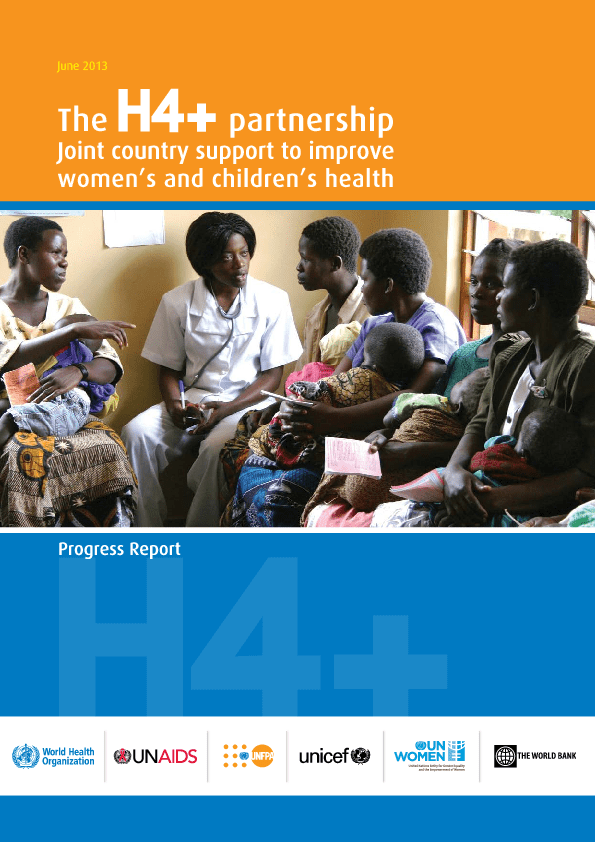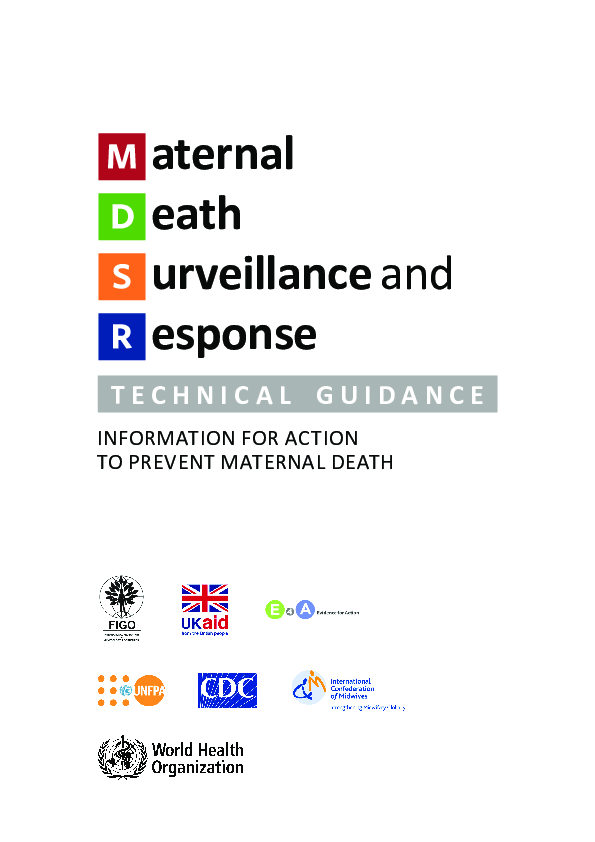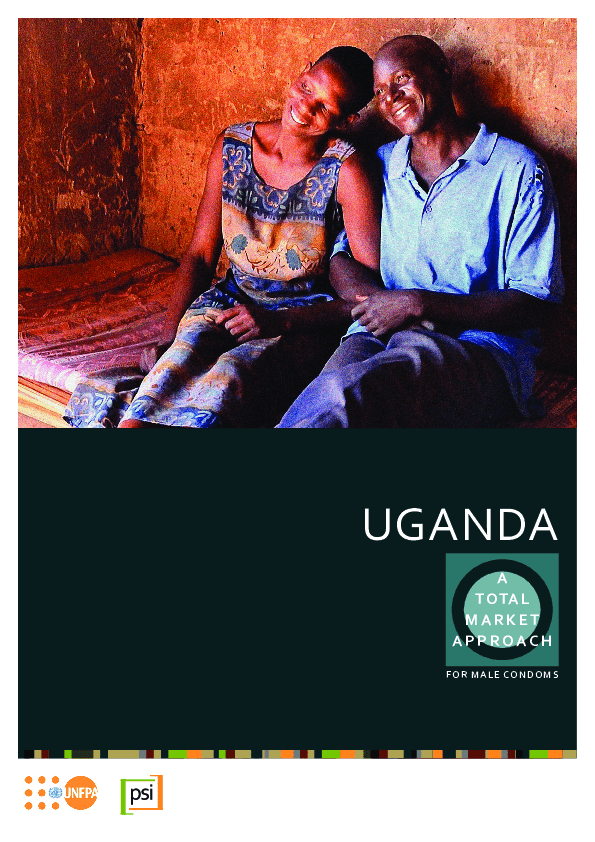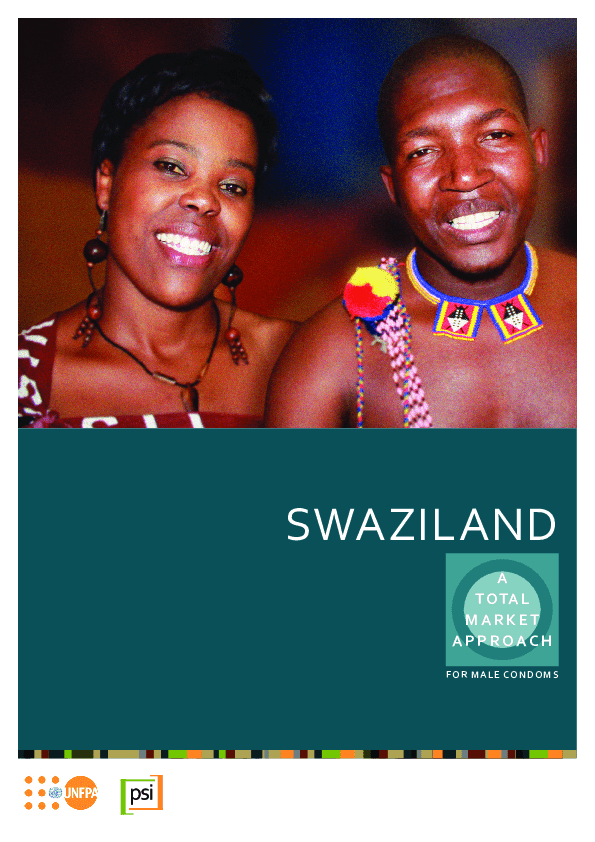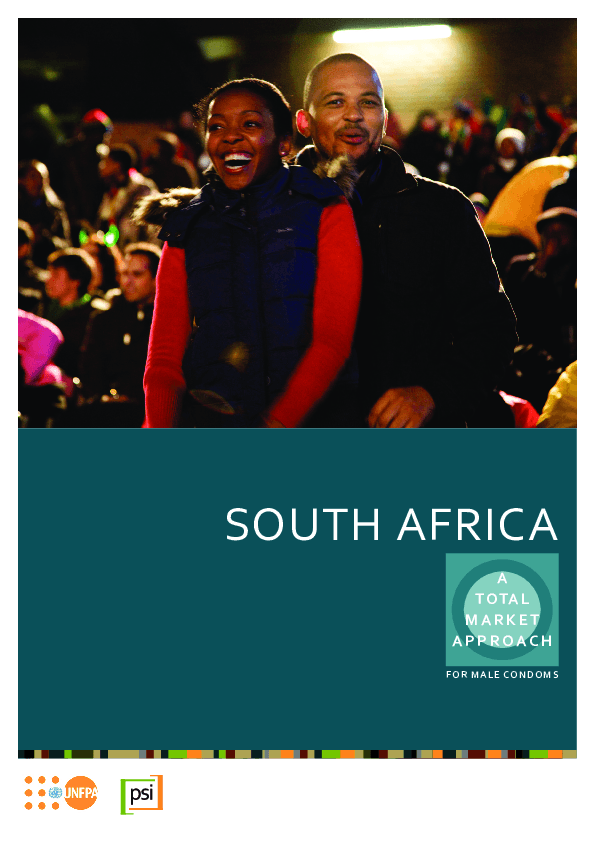Maternal death surveillance and response: technical guidance. Information for action to prevent maternal death
Most maternal deaths are preventable. In order to end preventable maternal deaths, accurate information on how many women died, where they died and…
Read publicationImplementing comprehensive HIV/STI programmes with sex workers: Practical approaches from collaborative interventions
This tool offers practical advice on implementing HIV and STI programmes for and with sex workers. It is based on the recommendations in the guidance…
Read publicationChoices not Chance
The UNFPA Family Planning Strategy 2012-2020: Choices not Chance is a ground-breaking commitment to an area of work at the heart of our mission.
Read publicationThe H4+ Partnership: Joint country support to improve women’s and children’s health, Progress report 2012
H4+ is an initiative of collective leadership and a collaborative effort by six agencies within the United Nations system (UNAIDS, UNFPA, UNICEF, UN…
Read publicationMaternal Death Surveillance and Response
An estimated 287 000 women worldwide died from pregnancy and its complications in 2010, 99%, of them in developing countries.
Read publicationUganda
In Uganda, the use and availability of male condoms is essential to preventing unplanned pregnancy and the spread of diseases such as HIV/AIDS. From…
Read publicationSwaziland
Swaziland has the highest HIV prevalence of any country in the world, with more than one-quarter of the adult population infected. Although large-…
Read publicationSouth Africa
South Africa has the greatest number of people living with HIV in the world, with an estimated 16.9% of the adult population infected. Although large…
Read publicationMali
In Mali, the use and availability of male condoms is essential to preventing unplanned pregnancy and the spread of diseases such as HIV. Male condoms…
Read publication


